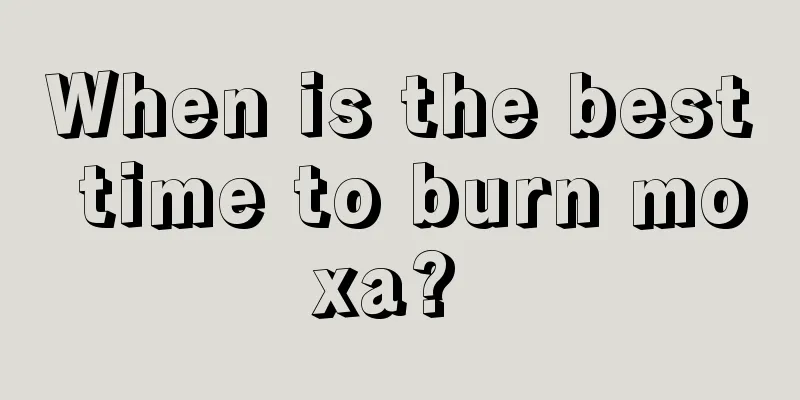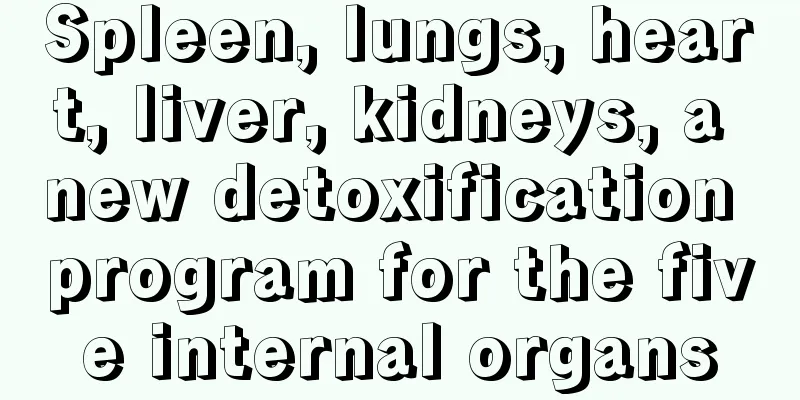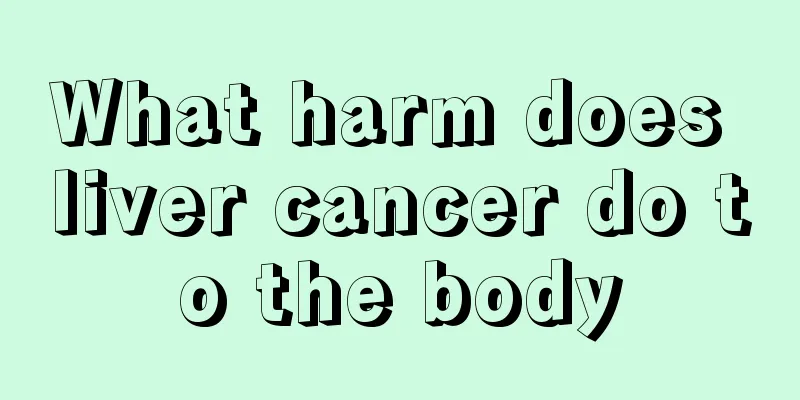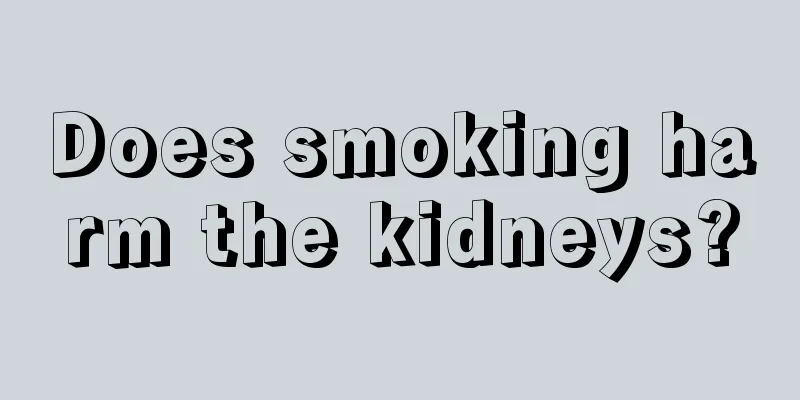How to treat obstructive pulmonary disease

|
Lung disease has always been one of the diseases that is difficult to prevent. Although lung disease can be gradually cured under the treatment of modern medicine, the painful symptoms it brings still torment the bodies of many patients. There are many types of lung diseases. Severe ones such as obstructive pulmonary disease are very harmful to people and need to be taken seriously. Let’s take a look at how to treat obstructive pulmonary disease. Chronic obstructive pulmonary disease (COPD) is a common chronic disease characterized by chronic bronchitis and/or emphysema with airflow obstruction, which can further develop into cor pulmonale and respiratory failure. It is related to abnormal inflammatory response to harmful gases and particles, and has high disability and mortality rates. The global incidence rate among people over 40 years old has reached 9% to 10%. Chronic obstructive pulmonary disease (COPD) is a common, preventable and treatable disease characterized by persistent airflow limitation that is progressive and is associated with an enhanced chronic inflammatory response of the airways and lungs to noxious particles or gases. 1. Treatment during stable period Non-drug treatments are available: smoking cessation, exercise or pulmonary rehabilitation training, and influenza and pneumonia vaccinations. 2. Rehabilitation For example, physical therapy and high-pressure negative ion oxygen therapy are beneficial to the recovery of lung function in COPD patients. 3. Psychological adjustment A good mood will help patients face the disease positively, increase treatment compliance, and establish good interpersonal relationships, which will be more conducive to recovery from the disease. 4. Diet adjustment Eat more fruits and vegetables, you can eat meat, fish, eggs, milk, beans, and buckwheat. Talk less while eating, breathe harder and eat slower. Fat people should lose weight, and thin people should improve their nutrition and eat small meals frequently. 5. Long-term home oxygen therapy If there is respiratory failure, long-term low-flow oxygen inhalation is recommended, more than 15 hours a day. 6. Medication Existing drug treatments can reduce or eliminate patients' symptoms, increase activity tolerance, reduce the number and severity of acute attacks, and improve health status. Inhalation therapy is the first choice. Educating patients on the correct use of various inhalers and explaining the purpose and effects of treatment to patients will help them adhere to treatment. |
<<: What are the symptoms of mucositis?
>>: What are the ways to regulate qi deficiency and blood deficiency?
Recommend
Can ascites be cured? Several conventional treatment methods
When ascites occurs in the liver, the abdomen wil...
What are the side effects of vitamin b6
Vitamin B6 may sound familiar to us. Many people ...
What should be paid attention to when treating lung cancer? How to treat lung cancer in life?
What should we pay attention to when treating lun...
What are the effects and functions of ground claw leaves
I believe that people are familiar with sweet pot...
What anti-inflammatory medicine should I take for swollen and painful gums
Eating spicy food frequently can easily cause swe...
How high is the bilirubin before it enters the brain
When we check liver function, bilirubin is a very...
What are the methods to prevent liver cancer? Keep in mind the three-word principle of preventing liver cancer
In recent years, medical experts have conducted i...
Can tinnitus cause dizziness?
Tinnitus may cause headaches, but it should be no...
Why does eating sugar cause tooth decay? Sugar actually contains these ingredients
It is not difficult to find that children who lov...
What effect does Platycladus orientalis leaves have on hair
Platycladus orientalis leaf is a common Chinese m...
What are the characteristics of liver depression and qi stagnation type chloasma
There was once a question saying "I don'...
What are the causes of cervical cancer
If cervical erosion is not treated for a long tim...
Immunotherapy for skin cancer has many advantages
Skin cancer is an uncommon disease in China, but ...
Diagnosis and treatment of gallbladder cancer
Diagnosis and treatment of gallbladder cancer? I ...
Who needs to prevent liver cancer? Four types of people should prevent liver cancer the most
Who needs to prevent liver cancer? 1. As the age ...









